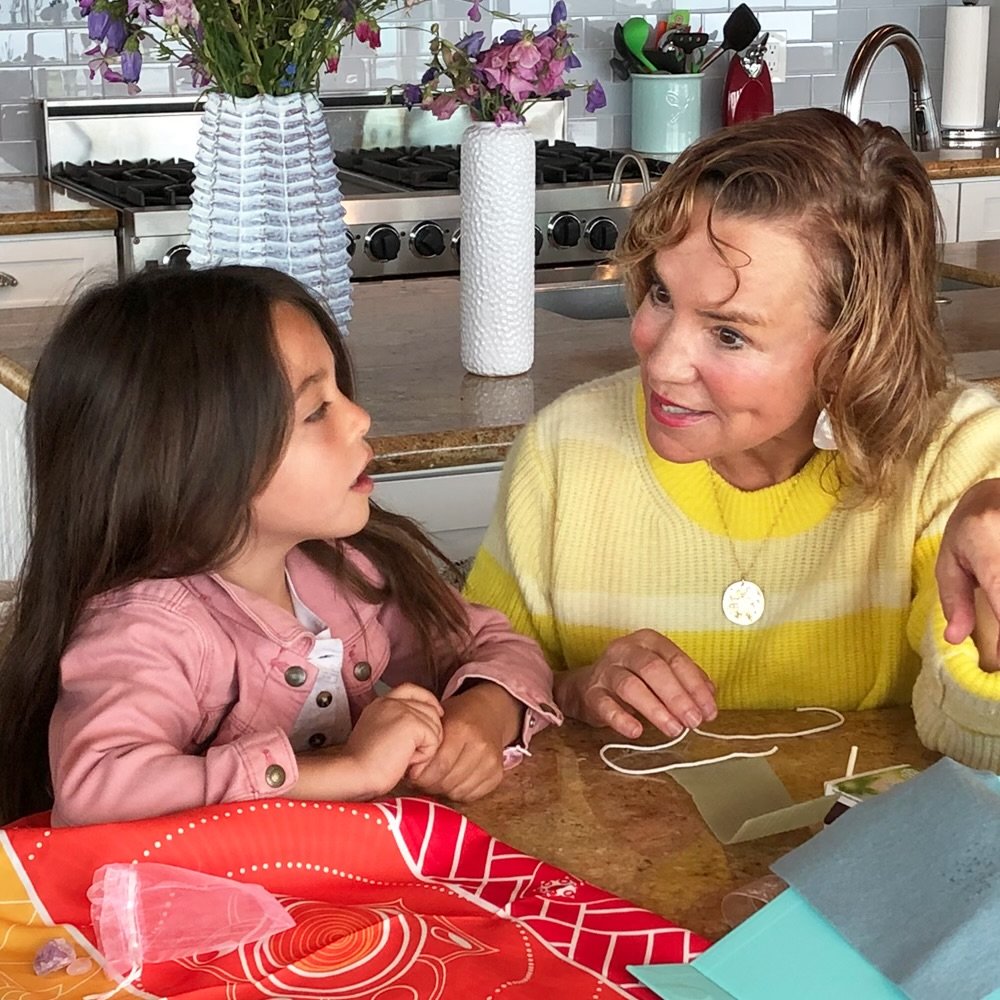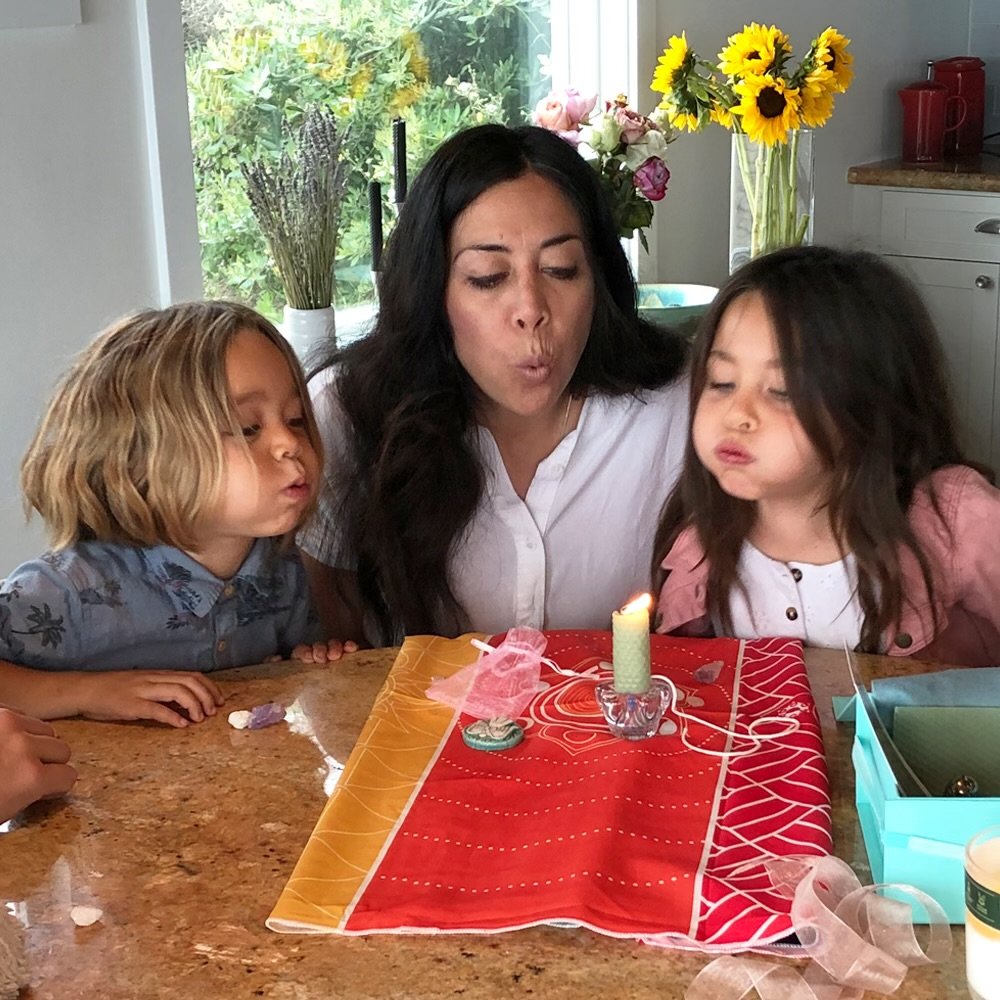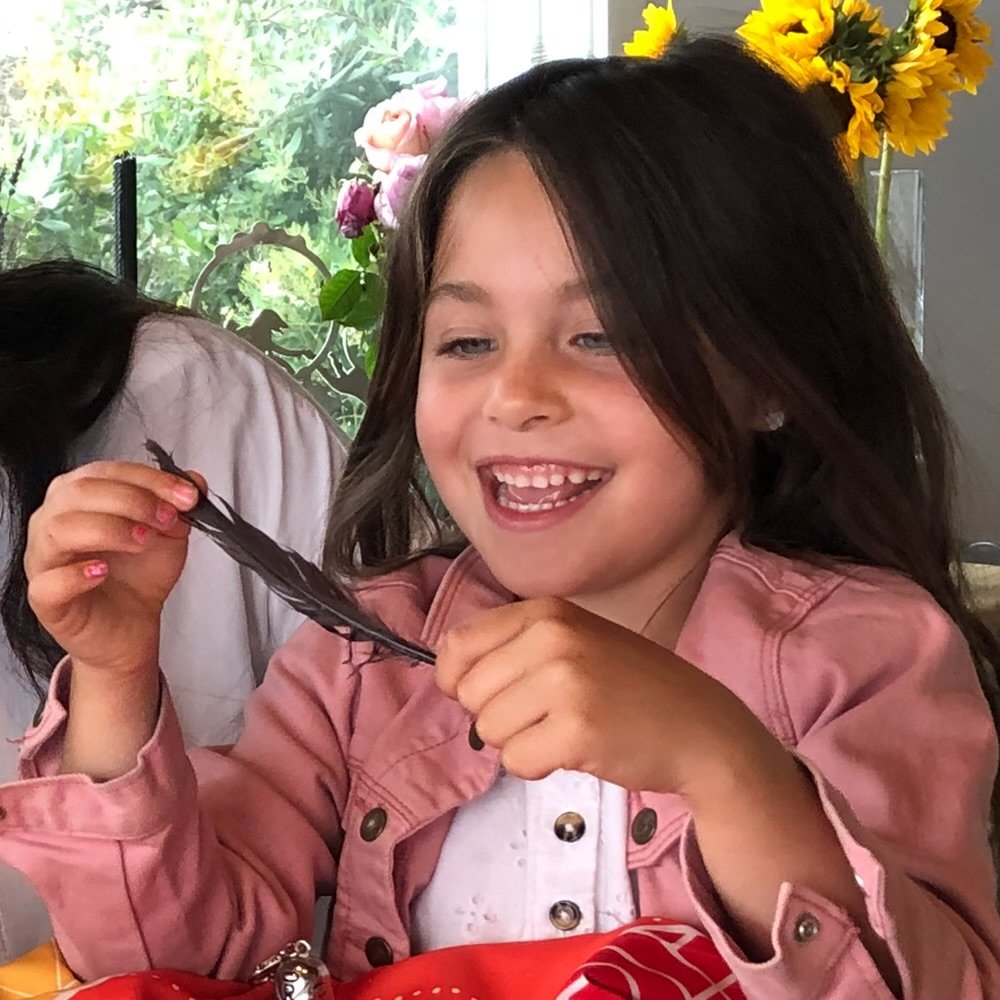Rituals
What is a Ritual?
I define a ritual as a sacred space or ceremony where joys, fears and FEELINGS are shared, validated, and embraced using spiritual tools to open the heart and create a sense of belonging, connection, and feeling heard, understood, and loved. A ritual is a celebration of our spiritual lives. Rituals are intended to resonate deeply with the participants, bringing strength and love to carry through life, particularly during challenging times. Used within a family, a ritual can create a sacred and enduring bond.
Ancient Rituals For Modern Times
In today’s fast-paced world, children are longing for connection more than ever before. As parents/caregivers, we recognize the importance of deeply listening to our children about their hopes, fears, joys and everyday conundrums. In spite of our best intentions, life often seems to get in the way of listening as deeply as we should. Our children long for this connection, validation and love, especially in difficult times. I realized this when my 10 year old son had a day when he felt overwhelmed, scared and fearful, Even my heartfelt “It will all be ok” just wasn’t enough. That is the day I called upon ancient wisdom (I have been studying anthroposophy and shamanism for years) to create a sacred ritual to connect with my son and our family, to not only validate his feelings but to be fully present and remind him that he is never alone. This longing to connect is woven into every human person. From our first breath, we are governed for this longing.
Rituals in the form of ancient, sacred ceremonies, can awaken the inner child of any human being. A ritual can create a “spiritual footprint” in a children which can impact how they interact with themselves, others and the world/universe by providing trust that there is something bigger than they are. This practice builds confidence and resilience.
What Does A Ritual For A Young Child Look Like?
A child’s ritual is a sacred space and ceremony where joys, fears, and feelings are shared, validated, and embraced in a beautiful space surrounded by a child's sacred possessions. It is a time to be quiet, say a special poem/prayer, breathe deeply, light a candle, and deeply connect with one another. Each ritual is very individualized, depending upon the ceremony's intention and what the family holds sacred.
An example of such a ritual is when a new baby comes into the family, and your six-year-old is excited, concerned, confused, and unsure of what to make of this new family member. Does it mean that they won't be as loved? Does it mean they won't spend quality time with their parents? Many questions and feelings go through a young child's mind and heart. It is difficult for a young child to verbalize these feelings; hence, this is a perfect time for a ritual. In this particular scenario, I would design a beautiful ritual box full of things this six-year-old loves: color, crystals, a beloved stuffed animal, a family photo, a favorite flower, stone, or toy. Also, there is a spiritual element drawing upon different ancient traditions/wisdom. This can be as simple as bringing in a crystal that symbolizes courage, a feather symbolizing growth, hope, and freedom, or a shell for resilience. A child who loves art may want to draw a picture of how they are feeling. Music and dance may be included; whatever speaks to the child can be chosen. The possibilities are infinite and personal. These sacred objects will be given to the child, as it is explained how each item will help them with their journey into sisterhood/brotherhood. One child loved that his mother gifted him a secret handshake, only for the two of them, saying, let’s meet in the playroom in one minute to connect. Rituals create a sense of belonging, connection, and feeling heard, understood, and loved. Rituals resonate deeply with the participants, bringing strength and love to carry through life. A ritual can create a sacred and enduring bond within a family.





